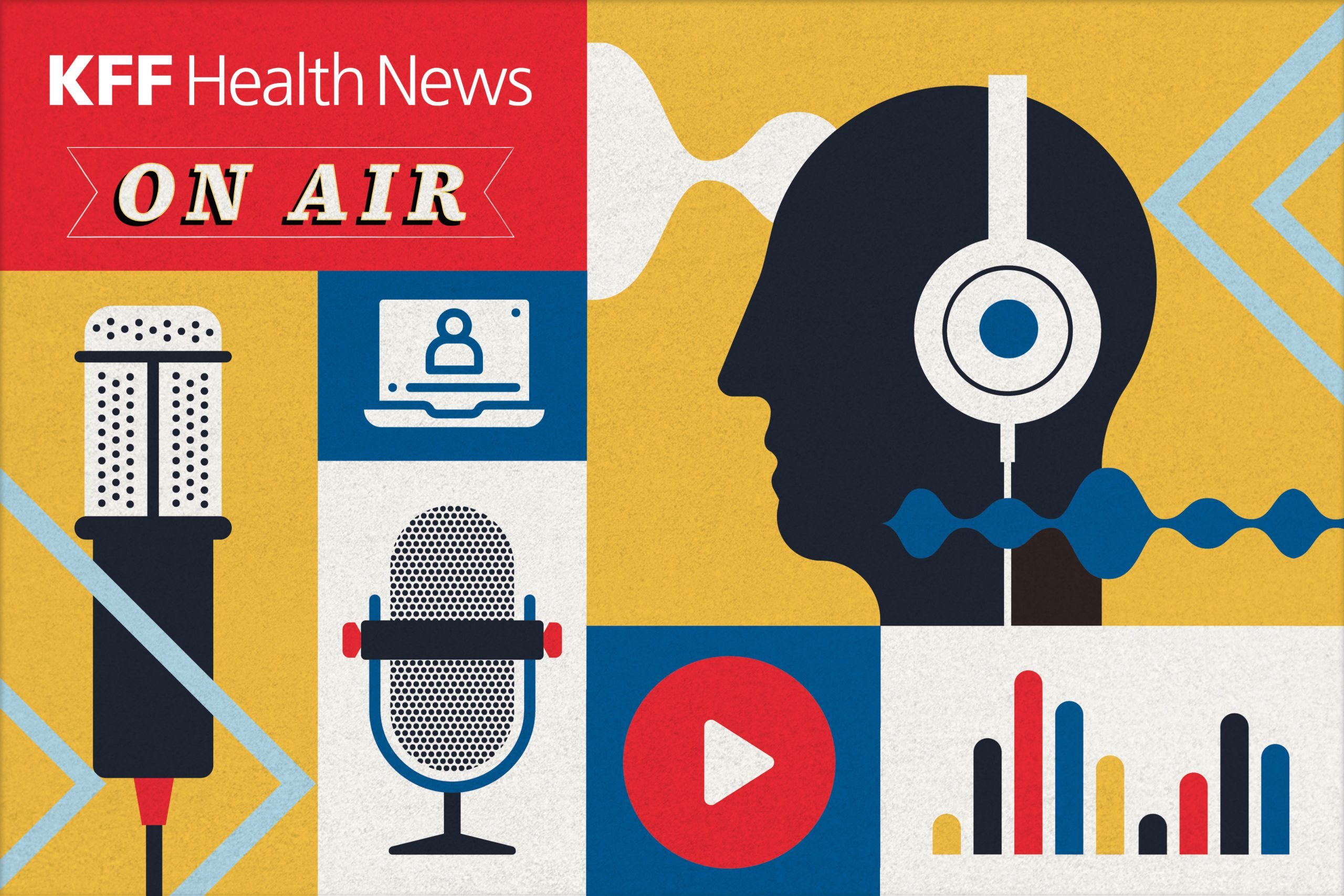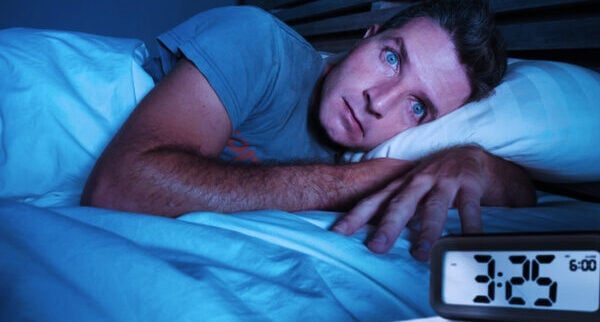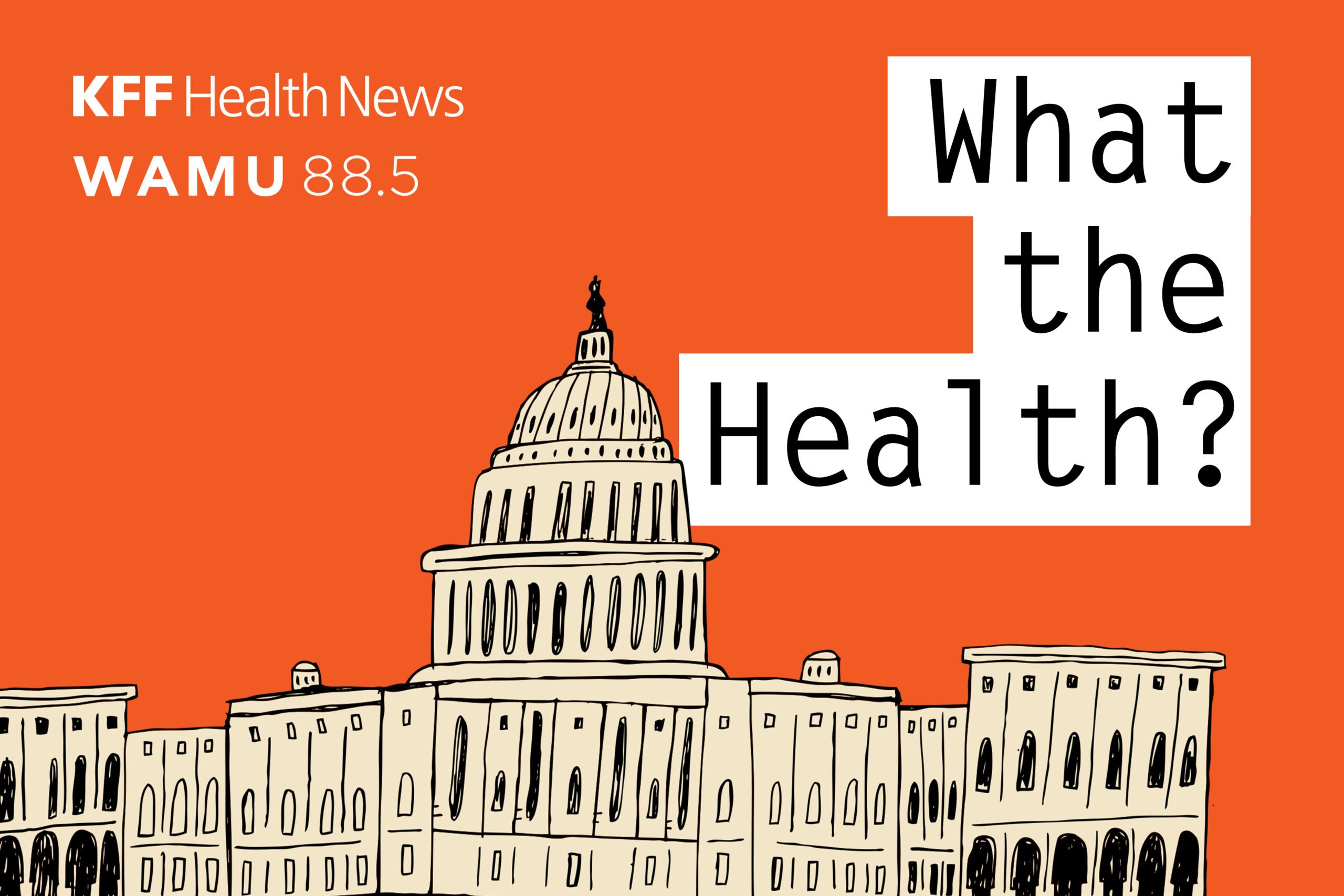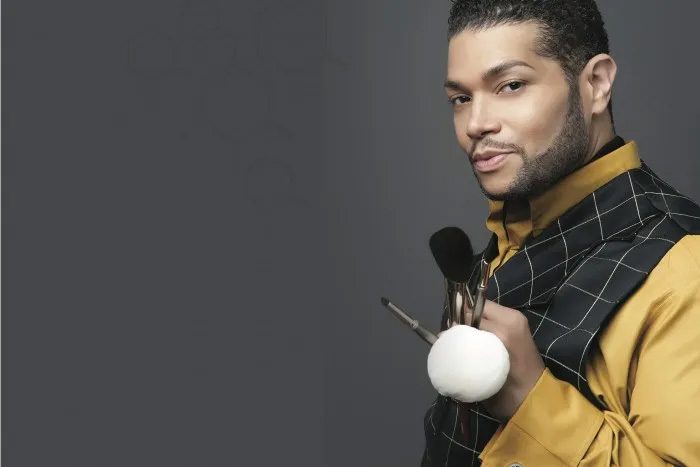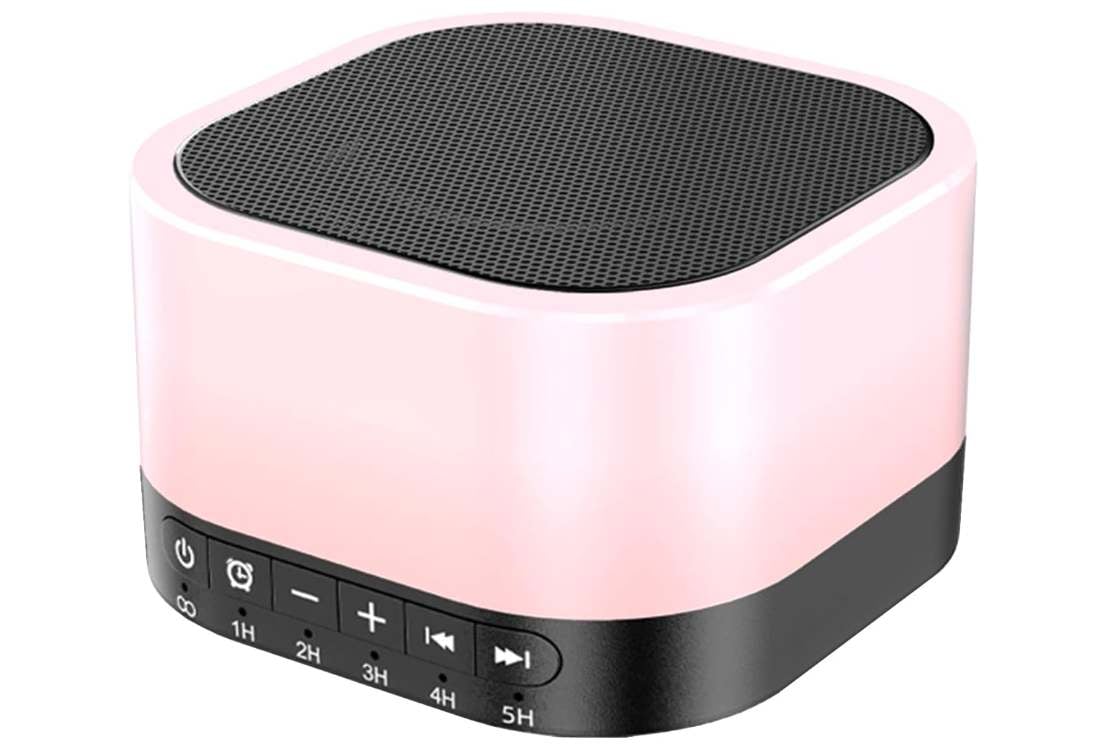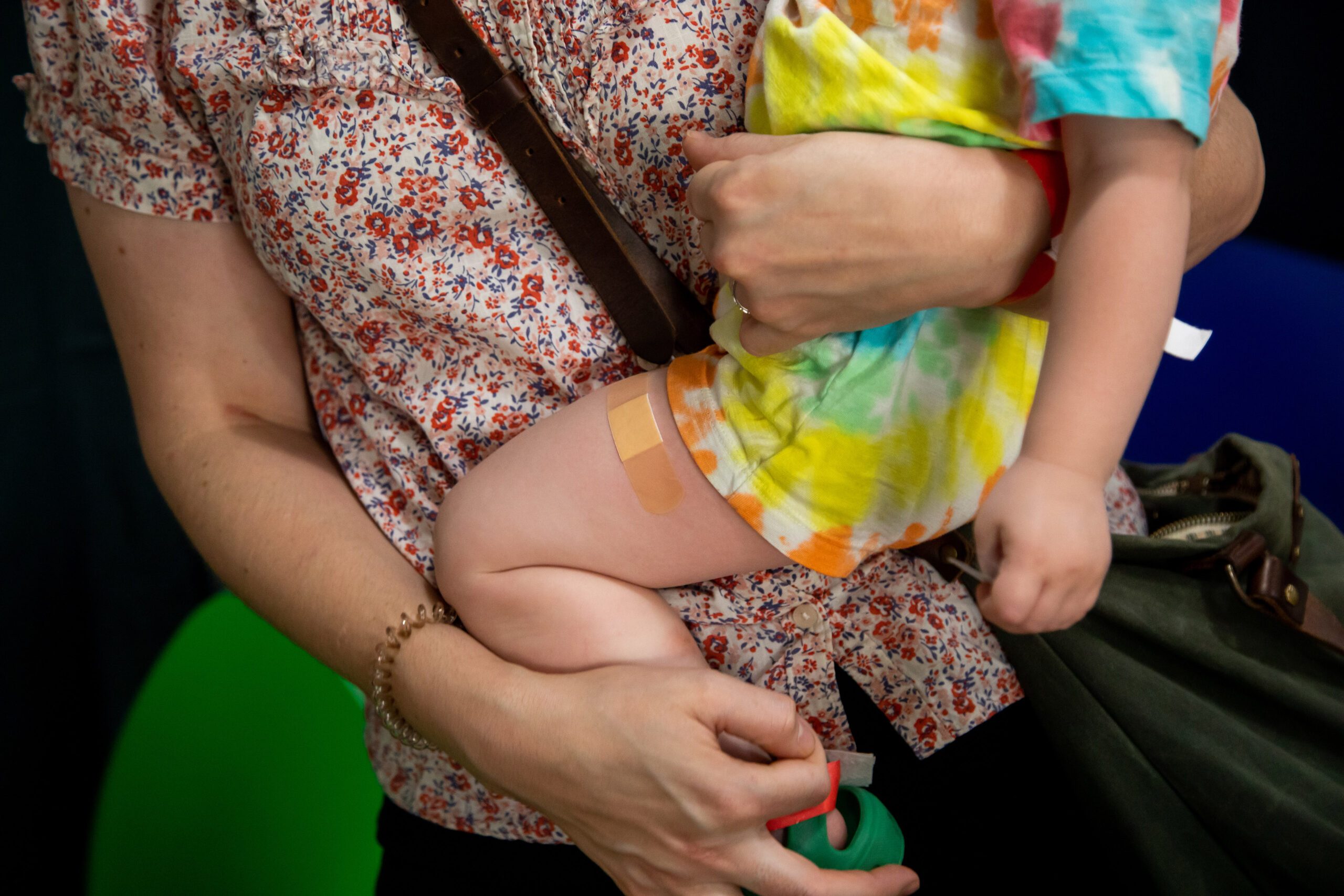
When most of us think of Bipolar Disorder, we think of Ye, formerly known as Kanye.
Disrupting Taylor Swift’s MTV VMA award acceptance speech, announcing HE was running for president in 2024, after supporting our current President — the convicted felon — in 2016. As an influential Black man, wearing a White Lives Matter T-Shirt, and stating Black Lives Matter was a scam.
Ye, in an effort to explain why he did the T-shirt stunt, explained,
“I do certain things from a feeling. I just channel the energy. It just feels right. It’s using a gut instinct, connection with God and just brilliance — like Tonya Harding how she did the triple flip or the triple spin. She was in so much practice that, when it was time for her to skate in a competitive format, it just happened.”In my profession, that’s called word salad and pressured speech. However, I’m not diagnosing him. That already happened during a stint in a psychiatric hospital, which he spoke about in an interview.
This example isn’t the only “way” of being Bipolar.
Bipolar Disorder has a wide range
Lay people often think that anyone with Bipolar Disorder will eventually wind up hospitalized. Or that they are dangerous to themselves and others.
Not all people with a Bipolar diagnosis end up in the hospital.
Bipolar is universally misunderstood. Lay people confuse it with DID — Dissociative Identity Disorder, formerly called Multiple Personality Disorder. It’s not. Although someone at peak mania bears little resemblance to themselves in the depths of depression, leading some observers to wonder about DID.
Bipolar basically means the person afflicted goes repeatedly to two distinctly different moods. Mania and depression. Or they may manifest one or the other primarily, with occasional dips or jumps to the other.
Mania is a mental and emotional high. Some people diagnosed with Bipolar have enormous highs. Those people are diagnosed with Bipolar 1. Others, like me, have hypomania moods, which are not as “high” as manic episodes. We are diagnosed with Bipolar 2.
Hypomania
- Heightened creativity and productivity
- Elevated self-esteem, elevated mood and increased energy levels
- Restlessness and impulsive behavior
- Unusually fast or pressured speech (I didn’t have this one)
- Grandiose thoughts or inflated self-esteem
- Decreased need for sleep without feeling tired
My hypomania told me I could do everything all at once. Going to graduate school, teaching a college class, managing an alternative rock band, writing, running a business, and the last six months of grad school, doing all of that while pregnant. Some of the symptoms helped me get through grad school. Others created problems for me and others. The impulsivity especially.
“This elevated state might seem beneficial at first. However, it can also lead to impulsive decision-making. Recognizing the balance between positive and negative aspects of these symptoms is essential. Family members or friends might notice changes in personality. These changes can create challenges in relationships or at work. Recognizing hypomania symptoms early can help in guiding someone toward seeking professional assistance.”Mania
One of my clients who experienced full-blown mania insisted that her family and everyone who knew her would soon know she was a genius. God had told her so.
Mania sometimes presents as religious. It’s even been suggested that some of the Saints of the Catholic Church were Bipolar. Their reported ecstasies and visions, followed by episodes of isolation and self flagellation, both mental and physical, fit the bipolar diagnosis.
Mania presents with all of the symptoms of Hypomania, but with the added danger of psychosis and psychotic breaks. That’s when people wind up in the psychiatric ward of the hospital — voluntarily or involuntarily.
Depression
The lows of Bipolar are depression. Extreme forms of Bipolar depression lead to suicidal ideation and inability to function. Not being able to get out of bed for hours or even days is typical of this lowest of lows.
During a depressive episode, you experience a low or depressed mood and/or loss of interest in most activities, as well as many other symptoms of depression, such as:- Tiredness.
- Changes in appetite.
- Feelings of worthlessness and hopelessness
Feelings of worthlessness can lead to inertia, an inability to function. Sometimes it leads to suicidal ideation and even attempts.
In both Bipolar mania and depression, psychotic episodes can occur.
My Bipolar Journey
So where do I fit, a therapist with undiagnosed Bipolar 2 Disorder?
First, how did I decide I suffer from Bipolar 2?
I came to the realization by looking back. My therapist, who I went to in my twenties and early thirties, diagnosed me as Manic. This was before Bipolar Disorder was added to the DSM in 1980.
She based my diagnosis on the fact that I had raging FOMO, was always on the go, and was manically trying to keep from grieving about my divorce at age 26. I went out dancing every night, scheduled simultaneous social events, and went from only ever having one sex partner, my husband, to making indiscriminate decisions about who to sleep with.
She passed away after I spent 8 years in therapy with her. My moods had evened out and I had married again. Before she died, I think she was more relieved than I was to see me “settled down”.
Many years later, I was coming out of two years of depression after my advertising/marketing business went under. My husband of that time had voted with my other partners to close the company. They ambushed me with the decision.
I was President of The Lennox Group, and that closing affected my self-esteem and my identity, and thrust me into a mid-life crisis at 38. One that brought back my mood swings.
Being on campus again gave me opportunities to live the college life I didn’t get to have the first go round. I had married my first year of college as an undergraduate, and was a serious student in any regard. There had been no partying for me when most people spend their partying years.
Staying out late, even though I was commuting to graduate school, managing the alternative rock band and staying out all night with them after gigs, running across the street during a break in night class to down pitchers of beer with classmates, attending fraternity parties, were all things I did as a grown-up.
I thought of it as making up for lost time, but it’s clear to me now this was my hypomania kicking in after years of depression.
My therapist at that time didn’t recognize my behavior as Bipolar. It may be because, like me, he is a Gestalt therapist, and we aren’t as focused on diagnoses as other practitioners. He did help me through making better decisions after I became pregnant.
How I manage now
I am now medicated. Since I don’t suffer from Bipolar 2, I don’t need a mood stabilizer. Mood stabilizers are necessary for Bipolar 2 to keep mania from spiking. My antidepressant is an SNRI — serotonin-norepinephrine re-uptake inhibitor — and keeps me at an even keel.
While I do have some times of hypomania, it never elevates to mania. Partly because I inform those closest to me when I’m feeling hypomanic. This keeps me accountable. I’ve also empowered them to point it out to me if they see symptoms.
Like all therapists, I see a therapist when I need to. When I feel depressed for longer than a few hours or days, or when I feel my inner “excitement” start to grow too much.
I practice Mindfulness. Being present keeps my brain and body in the moment, instead of fretting about the past which leads to depression, or getting too excited about the future, which prolongs hypomania.
How I treat clients with Bipolar Disorder
When I take on a client who has been diagnosed with Bipolar Disorder, I insist they be medicated. I tell them I don’t feel grandiose enough to treat them on my own, unless they are medicated. Grandiosity is a hypomania and mania symptom I don’t give in to anymore.
I tried it the other way. Psychotic breaks are no fun for anybody, including those of us who treat people with Bipolar Disorder. It only took one client having one for me to make this rule.
I also advise clients with Bipolar Disorder to do what I do. Tell those closest to you to let you know when they see symptoms. I encourage them to tell family and close friends when they are feeling manic, or depressed.
Finally, I lead my clients in practicing Mindfulness. Being fully present has brought me out of both depression and hypomania often. I model Mindfulness in my daily life and for my clients.
The Takeaway
If you experience symptoms of mania, hypomania, or depression, seek help. You can start with a visit to your doctor or a therapist. Your doctor or therapist will most likely refer you to a psychiatrist for medication. If your therapist diagnoses you with Bipolar Disorder, they should refer you to your doctor and/or to a psychiatrist for medication.
Find someone among your closest family and friends you can trust, and let them know what you are feeling and about your diagnosis. Ask them to help you keep watch on your symptoms and mood swings. Your therapist will also monitor you.
While hypomania can feel good, and mania can feel fantastic for a time, psychotic breaks and deep depression are not worth those highs.
Contentment and an even keel are underrated. I’m enjoying mine. You can enjoy yours.
—
This post was previously published on New Choices.
***
You Might Also Like These From The Good Men Project
Join The Good Men Project as a Premium Member today.
All Premium Members get to view The Good Men Project with NO ADS.
A $50 annual membership gives you an all access pass. You can be a part of every call, group, class and community.
A $25 annual membership gives you access to one class, one Social Interest group and our online communities.
A $12 annual membership gives you access to our Friday calls with the publisher, our online community.
Register New Account
Need more info? A complete list of benefits is here.
—
Photo credit: iStock
Disclaimer: This story is auto-aggregated by a computer program and has not been created or edited by healthlydays.
Publisher: Source link


